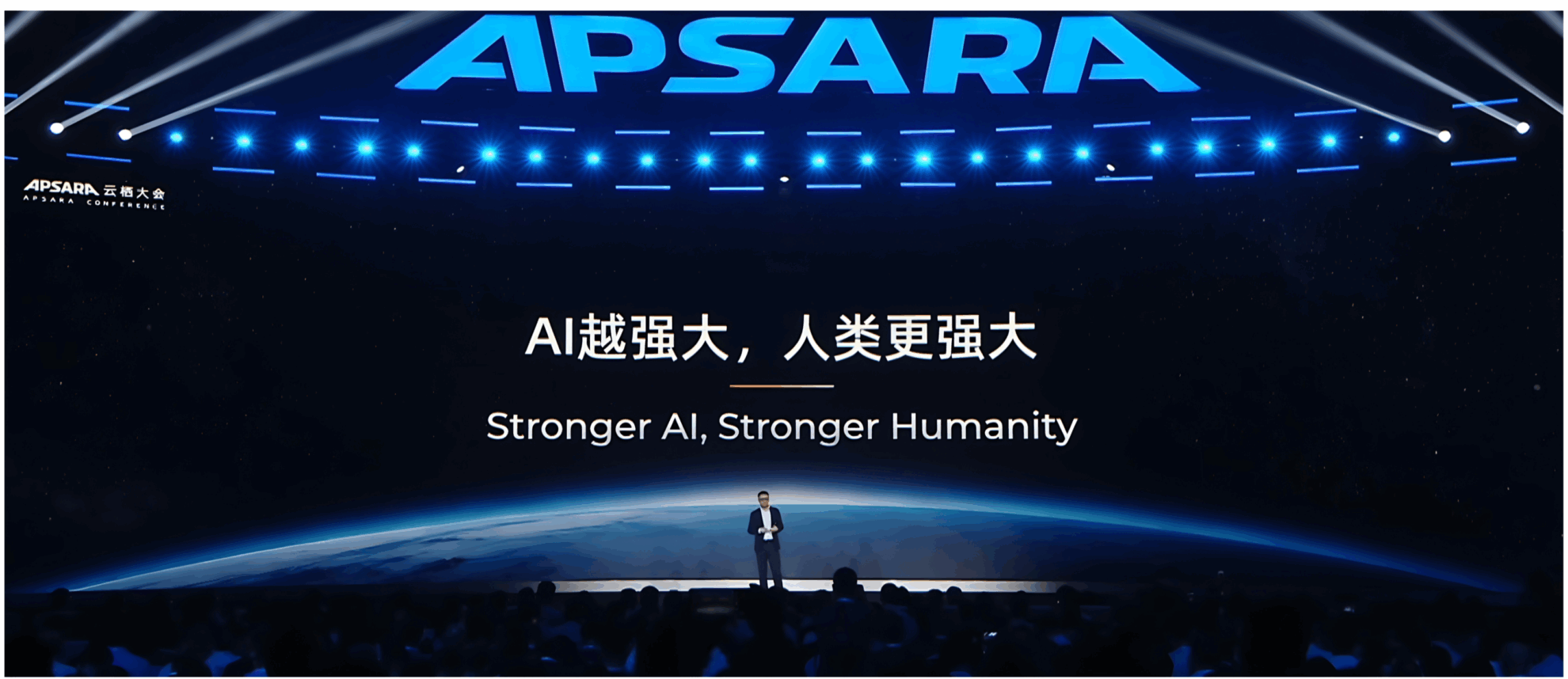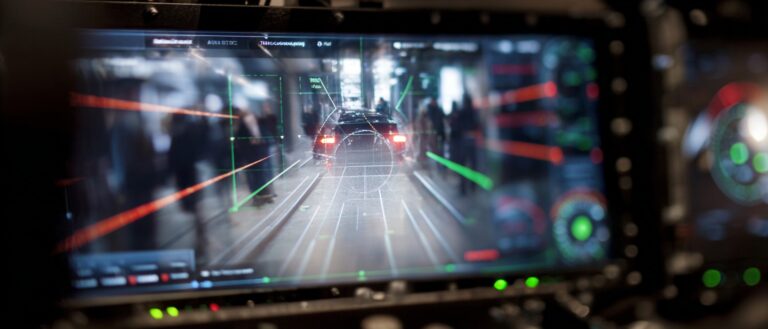4.22 World Earth Day | Machines Love the Earth More Than Humans

April 22nd of each year is Earth Day, which is established to protect the earth's environment. This year is the 50th Earth Day, but it seems that it has never been taken seriously.
Air pollution, climate warming, garbage pollution and other environmental problems have long threatened the earth. Take garbage pollution as an example. You may not realize that in cities, the amount of domestic waste we generate is increasing at a rate of 10% per year.

In China alone, nearly 1 billion tons of garbage is generated each year, of which about 400 million tons are domestic waste, about 500 million tons are construction waste, and in addition, there are 10 million tons of food waste.
As artificial intelligence technology becomes more and more mature, 20,000 tons of recyclable materials can be saved from landfills every year through intelligent technology. In other words, we can use technology to greatly increase the recycling rate of garbage, and the efficiency is far higher than manual labor.
Robotic arm for "visual" classification: image recognition + neural network
Currently, one of the more mainstream methods of dealing with garbage is to use image recognition in computer vision and equip intelligent sorting robots to classify garbage.
The US company BHS (Bulk Handling Systems) has invested nearly 60 MAX-AI intelligent sorting machines around the world. MAX-AI uses visual recognition and multi-layer neural network technology, combined with conveyor belts to deliver garbage, and ultimately achieves the classification of different materials.

MAX-AI can identify and classify objects with an accuracy of 90%, almost the same as humans, but twice as fast.

Another company, ZenRobotics, uses robotic arms and image recognition to sort and pick construction debris.
The company's largest robot sorter, called the Heavy Picker, has an oversized gripper at the end of its arm that can lift objects up to 60 pounds. It is extremely nimble despite the weight and can do sorting work quickly.

The sorting robots used by ZenRobotics perform sorting through the following steps: scanning the garbage stream through camera images, then using machine learning to identify the material, controlling the robotic arm to grab, and finally classifying the garbage of the same material.
ZenRobotics CEO Taalas said that in addition to being able to sort construction materials, their robots can also be used in paper mills, plastic recycling and raw material recovery.
Robotic arms in the “tactile” category: tactile sensors
MIT's Computer Science and Artificial Intelligence Laboratory (CSAIL) recently developed an intelligent robot that uses the "sense of touch" of sensors to sort different waste materials.
Unlike robots based on vision principles, this intelligent robot mainly relies on the sensor fixture on the robotic arm, which is completely powered by electricity. Through contact, it can detect the difference between paper, metal and plastic. For example, it can judge metal objects by sensing their conductivity.

The gripper components are a pair of air cylinders and high-deformation capacitive pressure and strain sensors. Earlier this month, the lab released a video showing the robot at work grabbing boxes, cups and cans. According to the video, paper cups, empty boxes, soda bottles can all be sorted by the pressure sensors.
First stop for garbage: Home → Recycling point
There are also some environmental protection organizations that hope to raise people's awareness of waste sorting and recycling.
Urbika and Greenpeace Russia are working together on a project: designing a waste collection map recyclemap.ru to help people find the nearest recycling point through a map.

For garbage, separate them by material: plastic, glass, paper, metal and other materials and send them for recycling. Recyclemap will show citizens handing over garbage that has been sorted and is ready for recycling.
Currently, the product has been promoted in 69 cities across Russia, and nearly 500,000 Russian users query the location information of garbage disposal points through the map every year.

During the map development process, developers can also discover some data preferences based on the data: such as the distribution of garbage recycling points, the main recycling types in different cities, the recycling rates in different regions, and the difficulty of different types of garbage being sent to recycling points, etc.

Based on these data, all recycling points are constantly displayed to make more reasonable and personalized deployment arrangements. For example, if two materials are selected for delivery in the panel, points where both materials can be processed will be displayed.
The data collected by the team was collected by volunteers in 69 cities in Russia. To make it easier to use, their maps have navigation functions. Landmarks such as roads and subway stations are highlighted.
In addition, to increase people’s enthusiasm for recycling, the map will first start at a low zoom level to show all the recycling points, which shows that people across the country are collecting used materials; in addition, showing the density of points can make people realize that there are many garbage recycling points in each city.
Attention is the key to solving problems
When it comes to garbage classification, there are quite a few corporate solutions that have been successfully applied and are already playing a positive role in the environment.
However, these intelligent methods only put the generated garbage in the right place. The most fundamental thing is that people can raise their awareness of the production and classification of garbage, reduce the generation of garbage, do a good job of garbage classification, and make "loving the earth" more than just lip service.
After all, no one wants to live in a sea of garbage.





